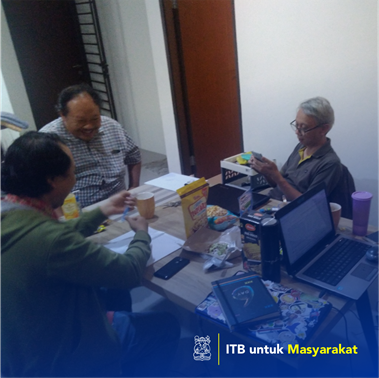

Sonny Yuliar
In Indonesia, development policies in various regions still use conventional data systems, which are based on the reduction-aggregation approach. Such data systems are adequate for supporting the relatively static development policy, such as in the implementation of the development plan for a period of five years or more. But with the increasing dynamics of development, regional development policies need to be able to be more responsive and adaptive, and are ready to face discoastiness that is disruptive. Through this community service, the Public Policy Center & amp; ITB governance will collaborate with the Sinergantara NGO to push Big data technology adoption into regional development policy practices. Big data technology was developed to be in accordance with conditions and Specific needs of regional government. Sinergantara offers a solution to collect �Data "which is not approved by the standardization of the local government in ICT devices. Then � "it is sorted and at any time if the local local government requires, �Data can be taken to explain the phenomenon in the community. So � "not sporadic, but accumulated in one storage warehouse. This is the basis of the principle of a single data developed by Sinergantara. The single data digital application is designed to overcome dynamic, varied, uncertain, and relational data conditions. This is the characteristic of the data faced in the Big paradigm Data.
Application of appropriate technology, the application of writing
The practice of regional development policies requires data support as a proof basis (Evidence Base) policy making. In conventional systems, approaches Pursed is reduction and aggregation. Such system is designed to have sensitivity of certain aspects of objects (conditions of residents, socio-economic conditions, environmental conditions) which are the scope of development policies. The following illustration will describe the activity of the scientifically, or data user the. This aggregation allows the measurement process to various objects (Humans and non-humans).